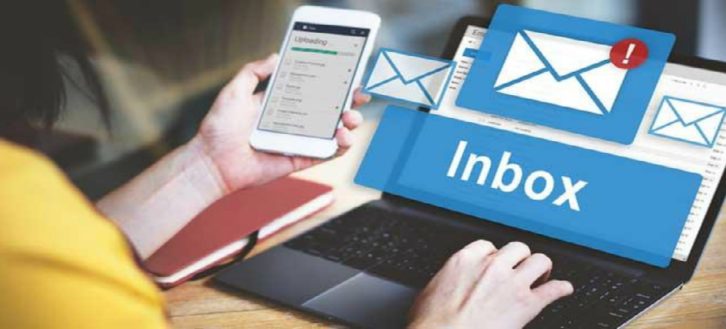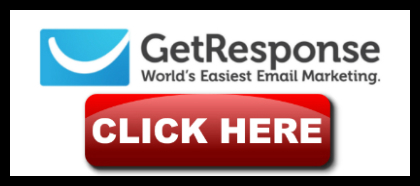Email messages are the essence of digital interactions. Although there are hundreds of alternative means of communication, emails remain the most popular channel with almost four billion users all over the world.
This is not the only mind-blowing stat as reports reveal that 99% of users check their email on a daily basis. Another study shows that people send around 300 billion emails every day.
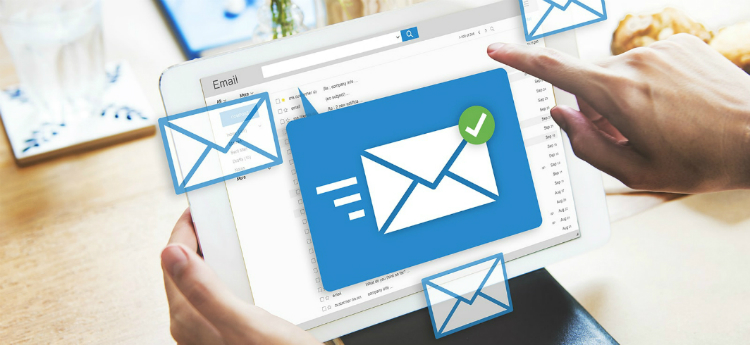
In such circumstances, using email platforms to send personal and professional messages seems like a perfectly reasonable solution. However, the trick is to create emails your recipients would really like to read. This is a big problem for some people, brands, and organizations because they don’t know how to write a message which stands out from dozens of similar emails.
Our goal is to help you with that, so keep reading to learn 10 ways to write effective emails.
What Makes Emails So Important
Before we begin explaining the techniques to create excellent emails, we want to let you know what makes this communication tool so important. It’s not possible to mention each reason in one post, so we will concentrate on the basics only:
- Accessibility: You’ve seen the number of email users already. The channel allows you to reach almost two-thirds of the global population, which makes it incredibly important for international communication.
- Simplicity: Writing an email is as easy as writing good old letters. The process is simple and highly intuitive, so people are not afraid of giving it a try.
- Send files remotely: Email platforms enable users to send large files remotely. This makes an ideal solution for businesses and individuals who want to send documents quickly.
- Reach a group of people: Sometimes you need to send the same message to many people. With email providers at your disposal, you can do it all at once.
- You get proof: If you need a proof of communication, email is there to support your claims.
- Digital marketing: Of course, digital marketers rely on emails to build relations with their customers, boost loyalty, generate leads, and drive conversions.
10 Tips for Productive Email Writing
We’ve come to the fundamental segment of our post. Without further ado, let’s analyze the 10 best tips that can help you to master the art of email writing.
1. Think about the purpose
Before you even start thinking about writing an email, you need to take a moment and clearly determine its purpose. Why do you want to send it? Is it the right way to address a recipient? These are incredibly important questions that you have to answer before taking any action.
A good thing about emails is that they fulfill a wide range of purposes. First of all, you can use it to send private messages, but we don’t recommend it if you are expecting a prompt reply. In this case, you might want to go with instant messaging services instead because email users often take some time before responding.
Another, more frequent option is to use emails for professional purposes. This solution is totally legit, especially if you don’t need an instant reply. But if you are looking for an urgent response, perhaps you should think about a phone call or live chat with the targeted company.
2. Write an appealing subject line
Now you are sure that emails are the right way to go, so it is time to write it. It all begins with a subject line as it is the first thing users see while checking inbox folders. This is exactly why a subject line has to be attractive and attention-grabbing.
Now, the real question is how to write an eye-pleasing subject line. There is no magic trick to help you here, but you can follow a few copywriting essentials to make sure that the opening line is good enough for your audience.
- Keep it direct. In most cases, the best solution is to be straightforward and reveal your intentions immediately. For instance, it can be something like “The biggest web design mistakes” or “How to create a perfect mobile app.”
- Use numbers. People love when you quantify statements, so don’t hesitate to use numbers in subject lines like this: “Top 15 antivirus programs of 2019.”
- Evoke curiosity. Another interesting option is to evoke curiosity and inspire receivers to read the whole copy. A nice example is “Thank you very much for signing up. – Here is the list of our latest discounts.”
3. Choose the best greeting
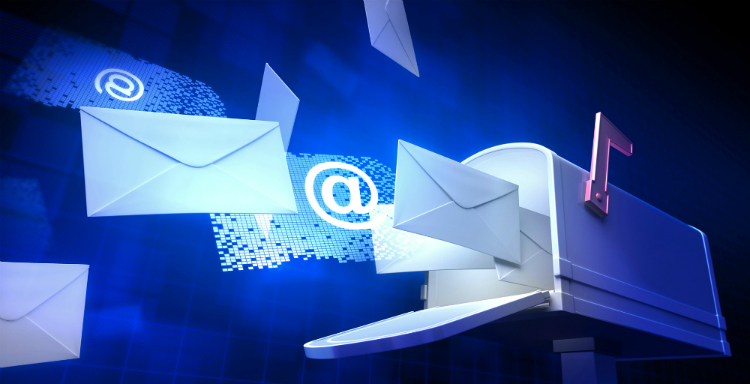
This may look like an obvious tip, but a surprisingly big portion of email senders fail to choose the most appropriate greeting for their messages.
Jake Gardner, a digital marketer at uk-dissertation.com, says it all depends on the nature of your message and the relationship with the recipient: “A simple ‘Hi’ or ‘Hello’ is perfectly fine for personal messages, but business letters require a more formal approach.”
In case you are writing a job-related email, you should keep it formal and use some of the standard greetings such as:
- Dear…
- To Whom It May Concern
- Good afternoon
- Hope this email finds you well
Of course, the same rules apply to email closing lines. The goal is to keep it polite all the way throughout, so make sure to use formal sign-offs like-kind regards, best wishes, respectfully yours, etc.
4. Make it short and sweet
One of the main rules of email writing is to keep your messages short and sweet. In a world where people get dozens of emails daily, nobody has enough time to read big bulks of text. Therefore, the only solution is to write directly and concisely.
This goes for all elements of an email: sentences, paragraphs, and copies in general. Writing services often recommend their clients to follow the quintessential rule of journalism and answer the so-called 5W+H questions: Who does what, where, when, why, and how?
If you answer all of these questions precisely, rest assured the audience will understand your message immediately. Keep this tip in mind and you won’t have to worry about your emails being too long or complex.
5. Create a meaningful structure
Email writing is not only about making it short and sweet. If you want the audience to enjoy the text and read the whole message, you have to create a meaningful structure to ensure effortless content consumption. Generally speaking, every message should be divided into three different segments:
- Introduction: This is where you briefly explain the purpose of the message and give people the reason to keep reading.
- Body: In this part, you present the main ideas and provide additional stats and facts to support the basic claims.
- Conclusion: The last segment represents a summary in which you quickly sum up all of the above-mentioned statements.
Besides that, you should always try to use numbers, lists, and bulletins to maximize the readability of the text. You can also add whitespace between paragraphs to make the content even simpler and easier to consume.
6. Write as you speak
This is certainly one of the most significant email writing tips you can get, so make sure to remember it. A typical email receiver is not eager to read super-smart lines with tons of business buzzwords and professional jargon.
People demand a more natural way of writing which resembles everyday speech. This is particularly the case with email marketing because brand messages are supposed to rely on conversational style and mimic real-life communication.

How can you reach this level of informality in email writing?
The answer is simple: Write like you talk and avoid awkward sentences you would never use in everyday conversations. Stay away from passive voice – it slows down the text and makes it look unusual. Here’s a quick example:
- Emails were written by you
- You wrote emails
The second option is shorter, sounds natural, and it’s much easier to read than the first one.
7. Do not use multimedia
A lot of people use multimedia files to make emails look better, but this is a double-edged sword that can both make and break your attempt to send the right message. For this reason, we don’t recommend you to add images, GIFs, or videos to your emails.
What seems to be the issue here?
The problem is rather technical, but it is more than enough to disrupt your message. Namely, people check emails on different platforms and devices, but there is no universal format that enables you to send the same message to everybody.
There are all sorts of email platforms, while devices vary from desktop computers and laptops to tablets and mobile phones. For instance, Gmail users might be able to see multimedia files, but mobile users with Yahoo accounts won’t enjoy the same privilege. You should not risk it, so it’s better to completely avoid multimedia.
8. Mind the scheduling
Another thing you need to keep an eye on is scheduling. After all, sending an email on Monday morning is not the same as sending it on Friday evening. You need to understand how your recipients behave and schedule email messages accordingly.
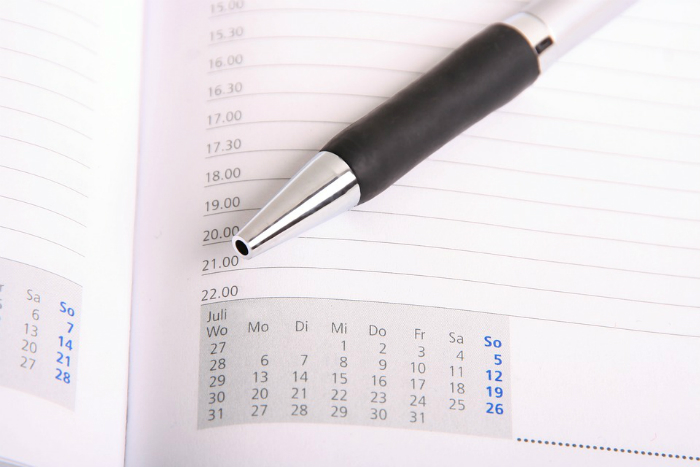
Some studies suggest that Tuesdays and Thursdays are the best days to send emails, while Sunday is the day to avoid. This is, however, just a general principle and you should find out more about the email consumption habits of your audience.
There is another reason to schedule emails and it comes in the form of international communication with business partners. If your time zones are different, you should save emails for receivers’ work hours. It will help you to reach partners quickly and be the first name they see in the inbox.
If you are having trouble scheduling emails, we recommend you to use automation platforms such as Constant Contact or GetResponse They have a professional emailing platform with a broad scope of features, so you can plan and organize messages in a way that perfectly suits your demands.
9. Don’t add more than one CTA
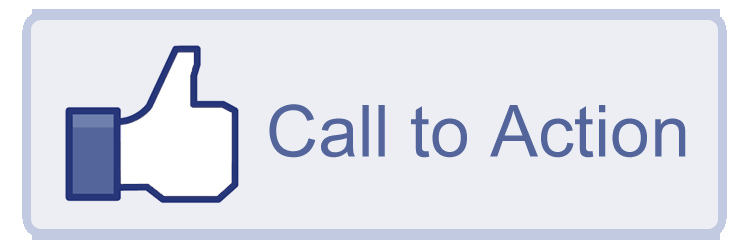
You’ve figured out by now that every email must have a very clear goal and purpose. Your objective is to drive some sort of action and encourage recipients to engage after reading your message. In order to do so, you need to add a call to action (CTA).
But this is exactly where many senders make a big mistake because they don’t concentrate on one CTA exclusively. If you give people more than one option to choose from, they will get confused easily and probably close the message without taking any action.
The only way to prevent this is by giving them only one option to respond. Create a direct CTA and don’t mix it with other options. If you use one CTA per email, rest assured you are going to increase the number of conversions.
10. Edit before sending
No matter what you write or who you send it to, you always have too proofread and edit your emails. It is often a boring and time-consuming process, but it is also the only way to protect yourself from personal and professional blunders.
You can do it manually, but there is also the option of using professional editing services like essayswriting org or Grammarly. If you want to check out additional options, we suggest reading paper help reviews.
Professional editors will help you to identify and eliminate spelling and grammar mistakes, while you can also ask them to make style-related comments and assist you in creating better and more attractive email messages.
Conclusion
Emailing is one of the simplest means of communication that you can use for private and professional conversations in the online universe. It’s a widespread mechanism that gives you the possibility to reach the target almost instantly, but you do have to be careful about the way you write messages.
Poorly written and designed emails end up lost, neglected, or deleted, so learning how to create a perfect email becomes critical for every person or organization out there. In this post, we discussed the 10 most effective ways to write great emails.
Do you stick to email writing these rules? Perhaps you have some other ideas to share with us? Make sure to leave a comment so that we can discuss this important topic.
About the author:
Isabell Gaylord is a journalist and editor famous for best essays review. In her free time she enjoys meeting people who inspire her, practicing yoga and walking around the city. She is fond of writing and contributes to aussiessay.com. Meet her on Twitter.

